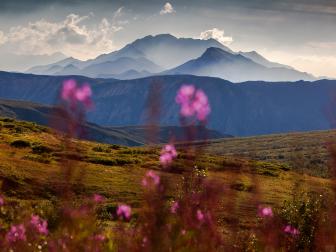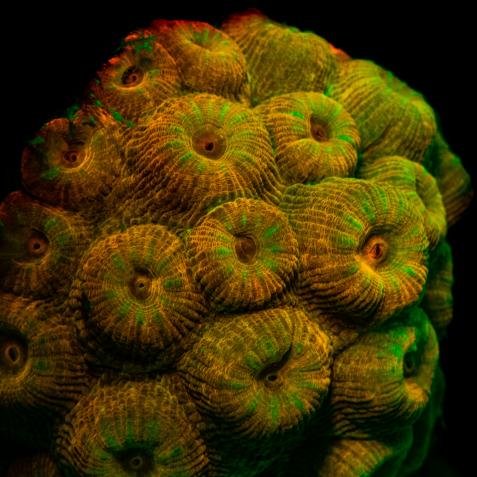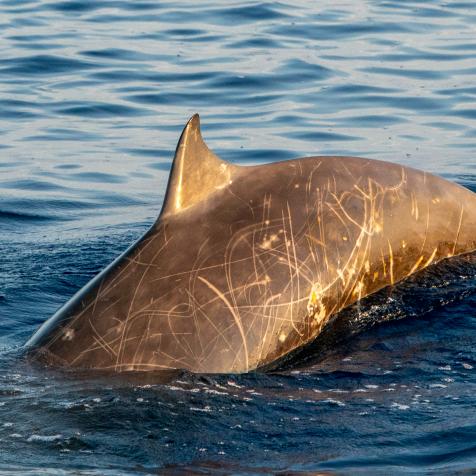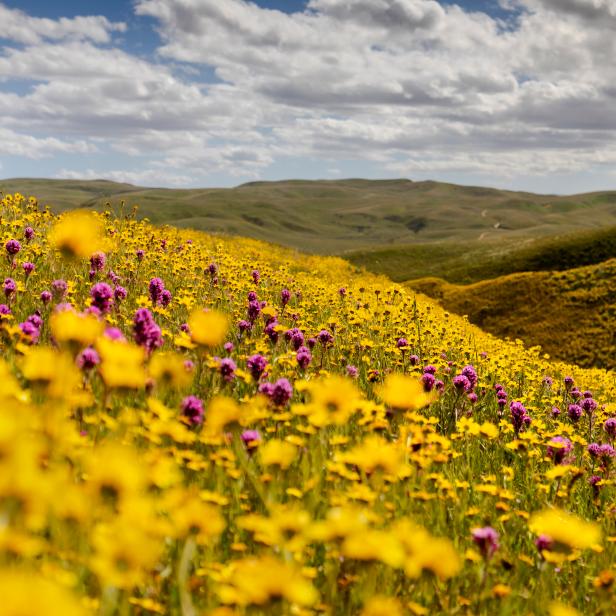
Ian Shive
Capturing a Fleeting Moment: California’s Super Bloom

California’s super bloom is a visual spectacle. From the deserts of Anza-Borrego to the vast Carrizo Plain National Monument, abundant seasonal rains produce a carpet of color across a large portion of the state.
Even within the limits of Los Angeles, flowers are popping up everywhere you look. The opportunity to see them is unfortunately short-lived, as the warm summer sun will soon turn the colorful hillsides golden.
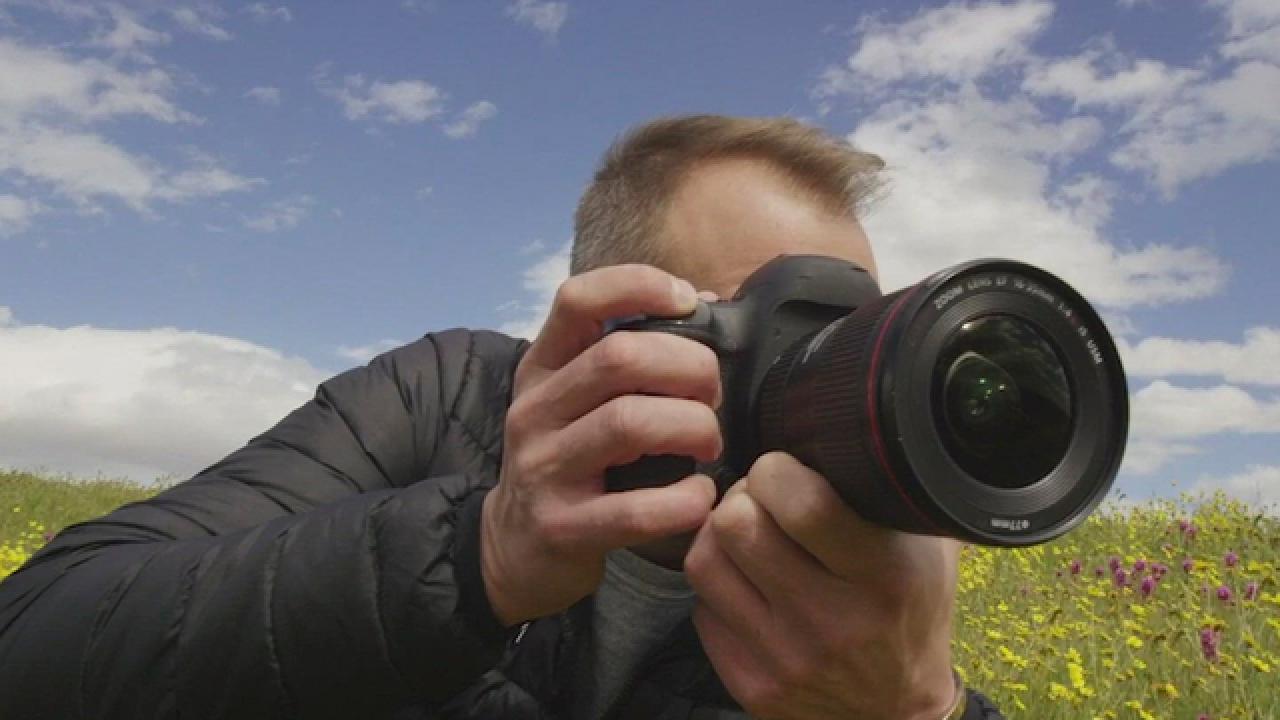
Capuring the Moment
Photographing flowers is as enjoyable as it is challenging. There are truly an endless number of ways to approach this. One of the first challenges is deciding on a creative approach: What do you want your images to look like? This is something you should consider before any shoot, regardless of whether you are taking a portrait of a friend, a landscape photo, or a detail of a flower. You should always pre-visualize what you want your image to look like. Ask yourself, "When I think of the perfect photo of this scene, what does my imagination conjure?" That’s the best place to start. You can deviate from this, but at least you have a jumping-off point.
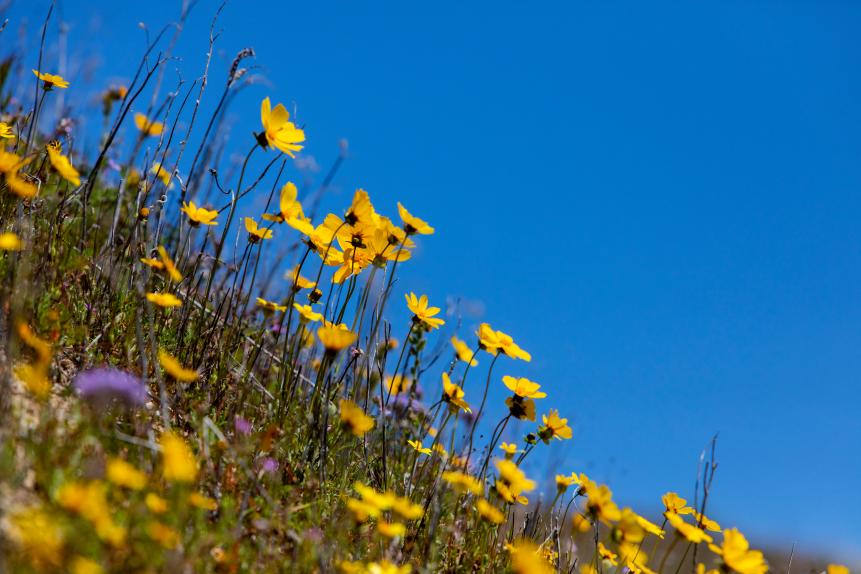
Ian Shive
All About the Composition
A lot of how I choose the compositions I make is based around a feeling I get, an instinct of sorts, when I see a scene. That means you have to really tap into what it is you, too, are feeling. Are you struck by a particular hillside filled with color? Is the light coming through clouds in an unusual way, highlighting an area in the distance? That’s what you should focus on. The ability to take technically proficient photos is becoming easier and easier as technology improves, but what really defines the quality of an image is the ability to replicate that scene. The harder it is for that moment to be replicated, the more special and unique your shot will be. The super bloom is a great example of that fleeting moment that allows us to show people a moment in time the isn’t easily replicated. Now if you can add a layer to it such as unique lighting, a hard to get to angle, or a passing storm or other phenomenon, you have capitalized on a true once in a lifetime experience.
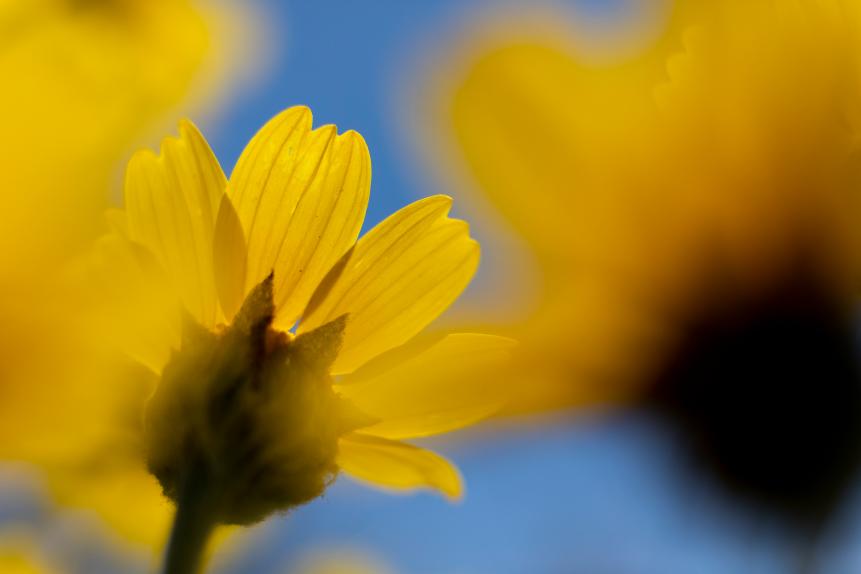
Ian Shive
Tips on Photographing Flowers
There are other ways to make your wild flower images stand out, super bloom or not. First, don’t photograph flowers from a normal angle. Get down on the ground, on their level, and shoot across from them, or even up at them from below! It’ll open up more creative compositions. If you do photograph from above, shoot straight down and try to hone in on unusual patterns and shapes in the flowers, especially when using a macro lens. A lot of times wind causes flowers to blow, making them blurry. Think of how you can incorporate that into your shot, perhaps using slow shutter speeds on a windy day to make very dramatic imagery.
See More Super Bloom Photos
Escape to the Super Blooms 22 Photos
Super Blooms are quite the phenomenon and they pop up all over the country, but only when the stars align and the weather is just right. Nature photographer Ian Shive traveled to Alaska, Washington, and California in the past few years to capture its beauty. You can't see the bloom every year--and since this year we're stuck at home, these amazing photographs are just the esacpe we're looking for.
Photography is about storytelling. Use your lenses and skills to communicate something, even if it is just a field of wildflowers. For the super bloom, I try to convey the abundance of flowers and variety of species. Some like to grow in disturbed soils, some like to grow near water. Others like slopes facing a certain direction, while others prefer the shade. Each of these points is a story element that adds texture to your photography.









